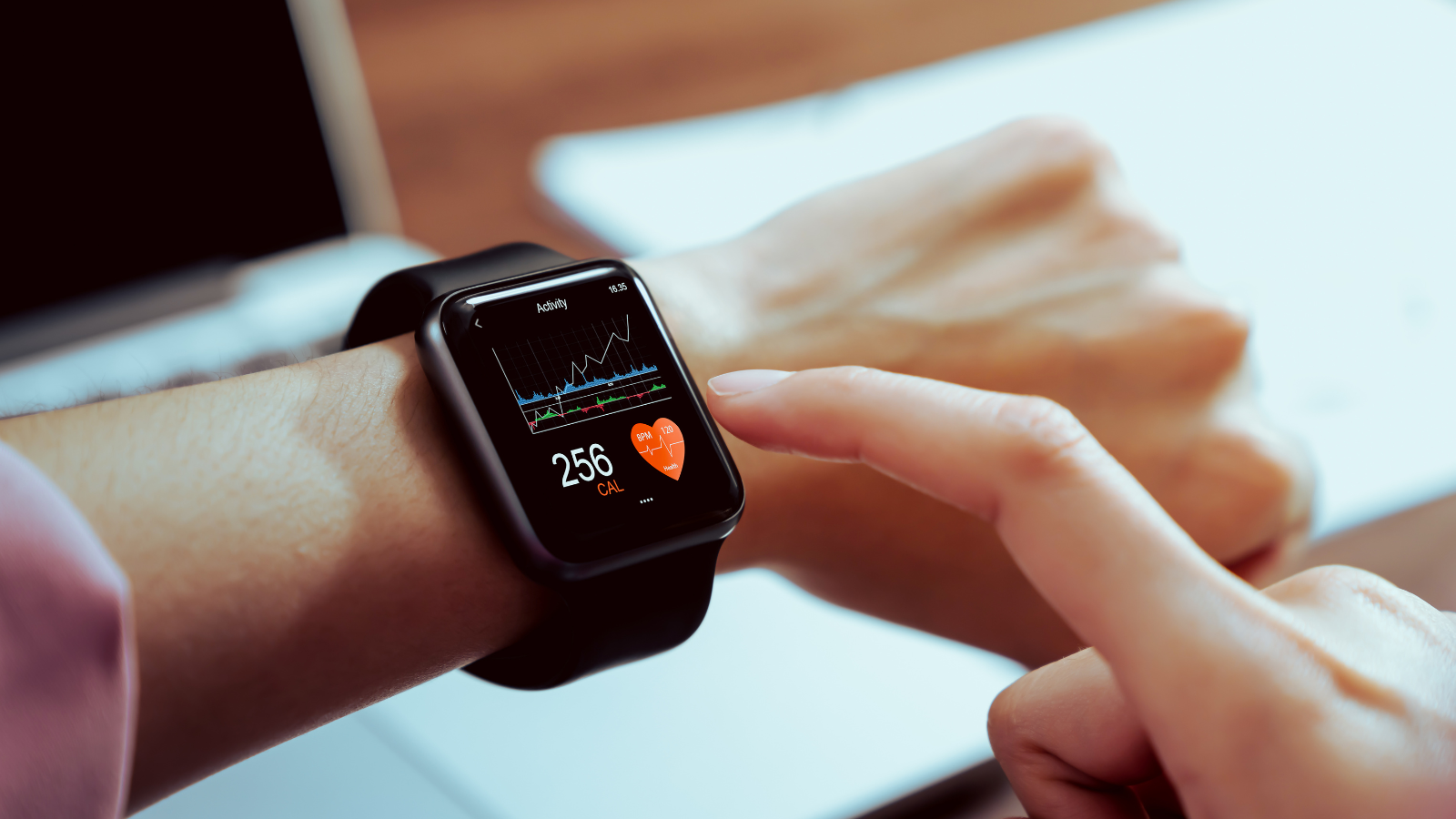Patient Empowerment: Key to Better Health and Healthcare
Patient Empowerment: Key to Better Health and Healthcare
Patient empowerment is known as the “process through which people gain greater control over decisions and actions affecting their health” (WHO). This process has become increasingly popular as patients have become more informed about their health and involved in their care (Kashyap).
Patient empowerment is a key part of patient-centered care. Patients are encouraged to take ownership of their healthcare journey by providing them with the knowledge and tools needed to make informed decisions about their health (NEJM Catalyst). Both the care team and patient contribute to patient empowerment (WHO).

Benefits of Patient Empowerment
Patient empowerment benefits both the individual and healthcare providers by improving health outcomes, enhancing communication, and better informing decision-making.
Improved Health Outcomes
Encouraging patients to participate in their care leads to improved health outcomes. Patients who understand their care plan take an active role in maintaining or improving their health, resulting in better adherence to treatment plans. An increase in adherence to treatment plans leads to fewer re-hospitalizations (Kashyap).
As patients take an active role in improving their health, they tend to make healthier lifestyle choices, such as incorporating exercise into their routine and making better food choices (Harvard Health Publishing). Patients also tend to participate in regular preventative screenings, which can lead to the early detection of health problems as they arise (Artera).
Enhanced Communication
Clinicians focusing on patient empowerment and activation are likelier to have a stronger relationship with patients. This is because engaged patients ask more questions and have a better understanding of their health information. These patients tend to have more open and honest discussions with their care team, resulting in clinicians better-understanding patient needs (Kashyap).
Informed Decision Making
Enhanced communication leads to more informed decision-making as clinicians can provide patients with personalized health education and encourage patient involvement in treatment planning. Discussing a patient’s health goals, preferences, and desired actions results in shared decision-making between patients and healthcare providers (Artera). Patients included in the decision-making process are more likely to feel valued and respected (Kashyap).
Factors That Influence Patient Empowerment
Various factors that influence the process of patient empowerment, including a patient’s access to information and healthcare education.
Patients with access to credible, accurate, and timely information are more likely to make better health decisions (Artera). With advancements in technology, patients can access their detailed lab results, health history records, and scans. They can also self-monitor and view their health statistics (e.g., blood pressure and heart rate) through digital applications and devices like smartwatches.

However, if patients have access to their health information but do not have the means to understand it, patient empowerment decreases. Healthcare education is essential in supporting patients with the tools needed to understand health information. Health literacy can be improved through health education programs aimed at educating individuals outside of a healthcare setting (American College of Cardiology).
Challenges to Patient Empowerment
Various challenges hinder patient empowerment, including information overload, socioeconomic disparities, and cultural and language barriers.
As digital technology becomes more prevalent, so does information overload. With the number of health resources available increasing and the quality being hard to discern, it’s becoming more overwhelming for patients to educate themselves on their health (Wang and Voss).
Information overload can make individuals feel stressed, confused, or anxious, and is linked to poor self-care performance (Wang and Voss). This can hinder their ability to make informed decisions about their health and care.

Socioeconomic disparities play a key role in patient empowerment. Individuals from disadvantaged backgrounds often have less access to health resources and care, leading to inequalities in their health outcomes (Public Health Ontario). This can mean unequal opportunities for patient empowerment within groups facing a socioeconomic disadvantage, such as individuals with a lower income or education status (University of Edinburgh).
Information overload and socioeconomic disparities are not the only challenges to patient empowerment. Cultural and language barriers can make it harder for patients to feel empowered, as diverse groups of individuals may not understand the medical terms used in a certain language or may find it difficult to access health resources in their native language (Oman). These barriers can often lead to miscommunication and misunderstanding between patients and providers (Oman).
Practitioners, researchers, and care team members need to be aware of patient empowerment challenges. Only by understanding the challenges can proper solutions be put into place.
Strategies for Improving Patient Empowerment
There are different ways that patient empowerment can be improved, and everyone has a role to play. A combination of healthcare providers and researchers' engagement, patients’ self-advocacy skills, and new technology and tools are all critical in enhancing patient empowerment.
Healthcare Provider and Researcher Role
Healthcare providers and researchers play a critical part in patient empowerment by fostering patient-centered care and active collaboration (Barry & Edgman-Levitan). With the proper support, patients can be encouraged to participate in decision-making, access comprehensive and clear information to avoid information overload, and become actively involved in their care (Barry & Edgman-Levitan).
Additionally, healthcare professionals and researchers can partake in communication and cultural competency training to better converse and understand a larger diversity of patients (Careful).
Self-Advocacy Skills
On the patient side, individuals need to develop self-advocacy skills to become more empowered. With self-advocacy skills, they will feel more empowered to ask questions, seek out second opinions, participate in shared decision-making, and maintain a level of control over their care (Joosten et al.; Hagan & Baldys).
Self-advocacy skills can be enhanced by educational material that goes over navigating the healthcare system, understanding what rights patients have, and how to communicate with providers and researchers effectively (Lanquist; Medical Home Portal).
Health literacy programs that help patients critically evaluate and navigate health information can empower them and support them in making more informed decisions about their health and care (Berkman et al.).

Technology and Tools
With new technology and tools being developed, they are playing an increasingly important role in patient engagement. Individuals now have access to their health records at the tip of their fingers through digital health platforms and electronic medical records (EMRs). These platforms allow individuals to view their whole health history, track progress, see trends in their health, and communicate more efficiently with their care teams or others living with a similar condition (NIHR).
Examples of digital technology that are changing how health care is received include mobile devices, wearables such as smartwatches, and telehealth (Butcher). To read more about technology and tools and their role in health care, read our blog on the future of digital technology in health care.
Tying It All Together
Patient empowerment can improve health outcomes, enhance communication, and contribute to more informed decision-making. Although various factors and challenges influence the patient empowerment process, emphasizing the importance of it is the first step to having care teams and patients strengthen patient empowerment.
It’s important to find ways to support and empower patients during projects. Whether you’re conducting clinical research or creating a patient support project, the individual should be at the center of every decision that is made.
Electronic data capture platforms, such as Zamplo Research, empower participants to take an active role in their health. Participants can self-monitor from anywhere globally, on the web, or on their mobile devices. This allows real-world evidence to be collected in real-time, all while helping participants monitor and track their health digitally.
To learn more about Zamplo Research and get started, visit our product page.
Share this
You May Also Like
These Related Stories
-Jul-19-2023-06-59-45-8133-PM.png?width=515&height=680&name=Updated%20Blog%20Images%20(Small%20Hero%20Banner)-Jul-19-2023-06-59-45-8133-PM.png)
Improving Patient Outcomes Using Connected Health Platforms
%201.png?width=515&height=680&name=Updated%20Blog%20Images%20(Small%20Hero%20Banner)%201.png)
Can Connected Health Solutions Improve Patient Engagement?
%20(1)-2.png?width=515&height=680&name=Updated%20Blog%20Images%20(Small%20Hero%20Banner)%20(1)-2.png)


No Comments Yet
Let us know what you think